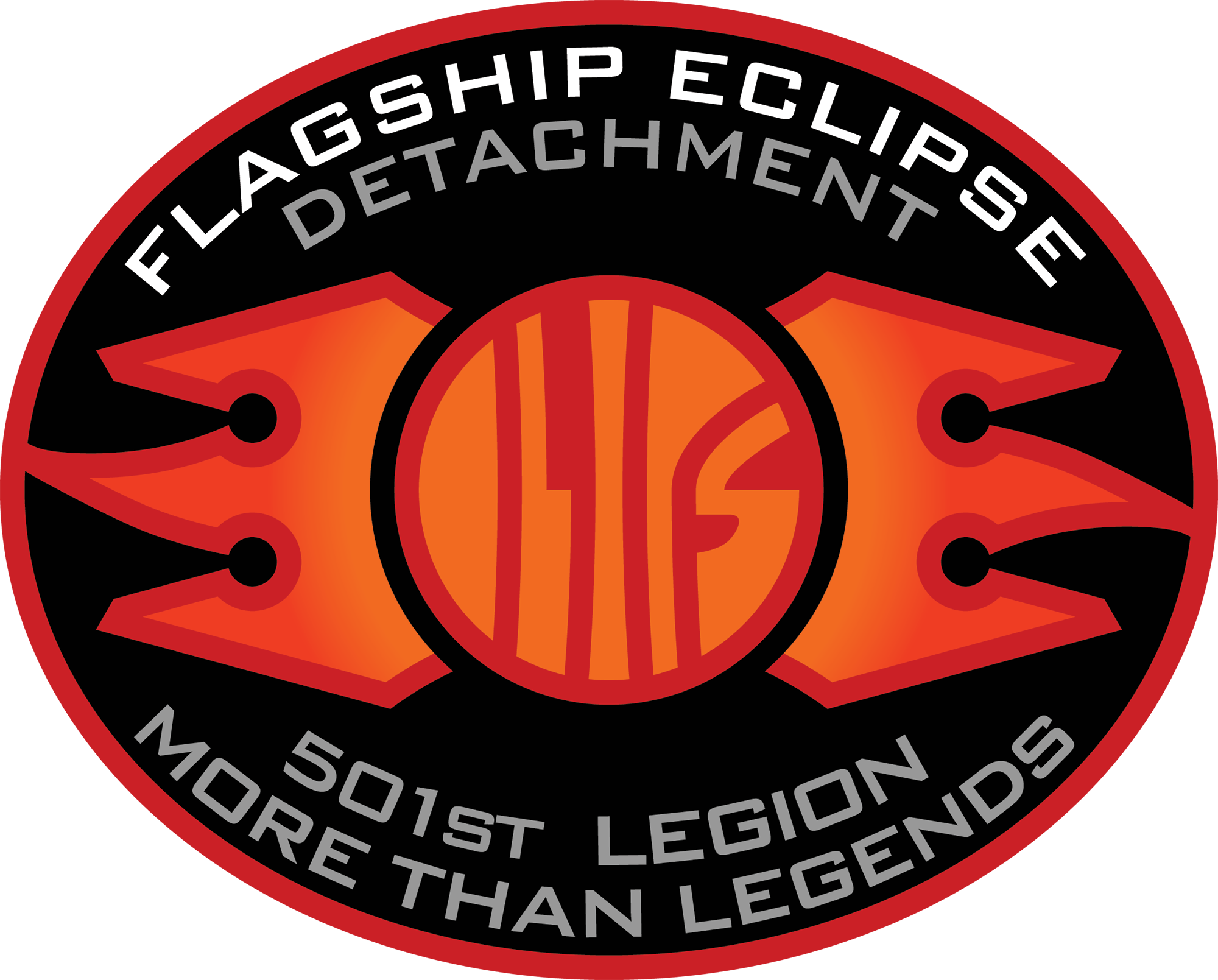
The Witcher has always been a Valley of Plenty when it comes to monsters, whether on paper, in video games or through the Netflix stories. With a world built on blood-soaked legends, old-world horrors, and Slavic folklore, The Witcher TV series, and its animated spin-off Nightmare of the Wolf, has embraced the mythical grotesque with a kind of bold creativity few fantasy shows have consistently matched. But which monsters stand out as the best designed?
We’ve compiled our 9 best in this list, based on Netflix’s take of the Witcher’s Continent. It’s not just about power levels or jump scares. We’ve considered the design from an aesthetic perspective, too. The haunting visual artistry that makes a monster linger long after the screen fades to black. Let the hunt begin.
1) The Myriapod (The Witcher Season 2)

Introduced in Season 2 of The Witcher, the Myriapod is exactly the kind of monster you don’t want to meet on a narrow mountain pass. This towering, centipede-like nightmare was fast, aggressive, and freakishly agile — a blend of practical effects and CGI that actually worked, giving the monster an unnerving, almost alien movement. With brutal speed and massive claws, the Myriapod chases prey relentlessly through forest terrain. It uses its sheer size and weight to overwhelm enemies.
It’s also one of the most powerful beasts Geralt has faced on the Continent. But what cements it as one of the best designed is its silhouette. Its massive demon head and segmented body create an unnerving biomechanical appearance, making it a standout among the show’s insectoid horrors.
2) The Deathless Mother (The Witcher Season 2)
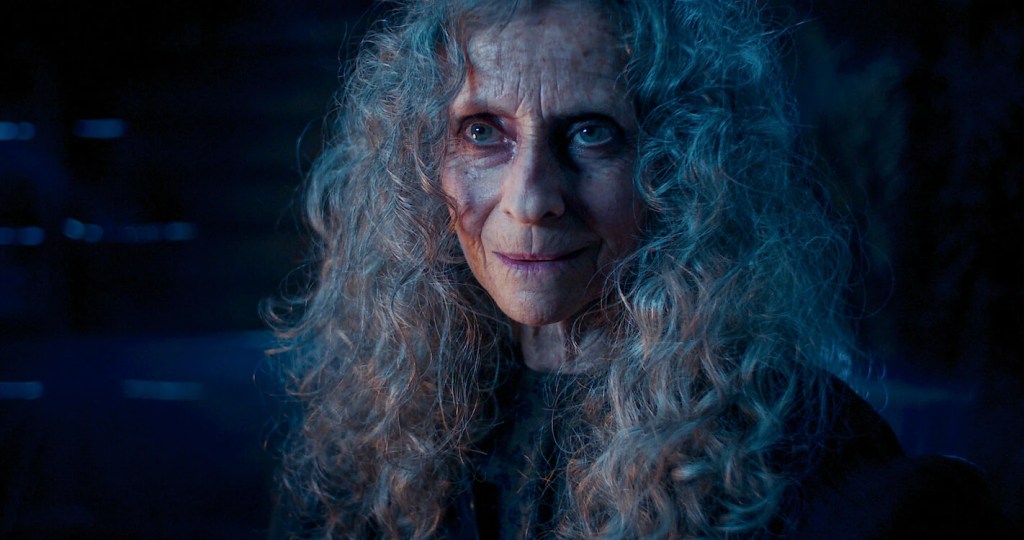
Voleth Meir — aka the Deathless Mother — isn’t your typical monster. A parasitic demon who feeds on pain and fear, Voleth Meir manipulates minds and emotions. Her true form is spectral and demonic, but she possesses others to do her bidding. But her design, both in her real form and her manifestations, earns her a spot on this list. Once released into her true form in Season 2, she appears as a gnarled, skeletal hag, draped in decaying robes, with eyes that pierce straight through your soul.
The Deathless Mother’s inspiration was clearly taken from Slavic myth, borrowing from the Baba Yaga archetype. She exudes both power and malevolence, all while carrying that haunting, spectral elegance that’s unsettling rather than jump scary. Her ability to manifest illusions and corrupt souls is as chilling as her design.
3) The Leshen (The Witcher Season 2)
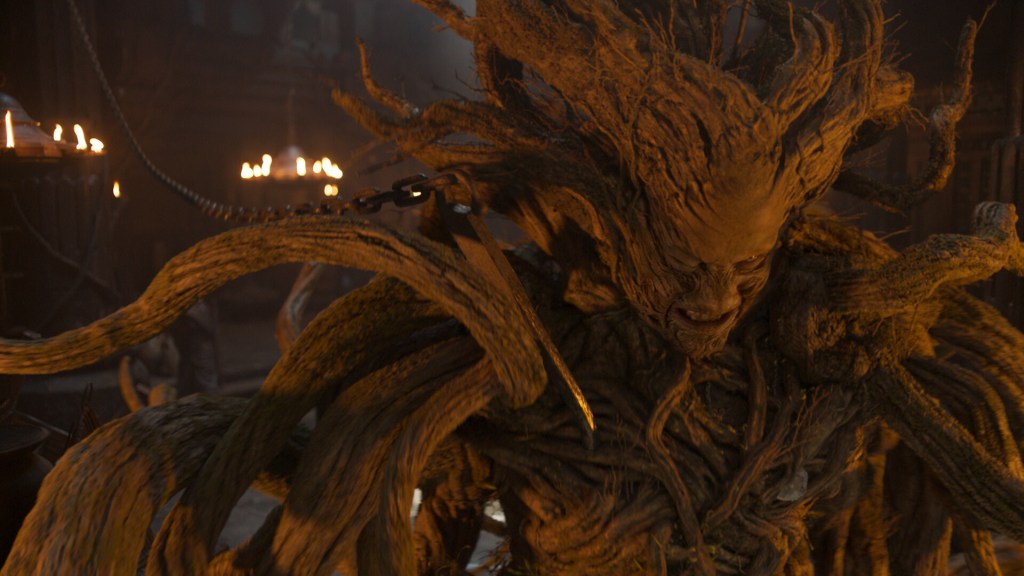
The Leshen (or Leshy) is a forest spirit mutated by chaos. It appears as a towering, antlered tree-like creature with the ability to manipulate vines, summon crows, and reassemble its body. Made up of bark armor, it is one of the most hauntingly beautiful and dangerous creatures in the series.
Though it made its debut in the Season 2 of the Netflix series, gamer fans should also recognize it from the franchise’s video game lineage. Although its video game design included a deer skull head and glowing green eyes, it was more akin to the Wendigo from Indigenous American folklore. The Netflix team decided to keep the Slavic idea of a forest lord.
The Leshen looks like nature’s vengeance personified, and its actions aren’t too far from that, either. When it attacks Eskel after infecting him with a parasitic fungus, we get a terrifying glimpse into the monster’s ability to corrupt and mutate others — adding a level of body horror rarely seen in the series before. The Leshen gets a spot on this list, not just for its powers, but for its deeply effective visual presentation. It’s forest horror at its finest, and it reminded fans that in The Witcher, even the trees aren’t safe.
4) The Bruxa (The Witcher Season 2)

If The Witcher has a poster child for stylish, seductive terror, it’s Verena, the Bruxa. Played by Agata Buzek in Season 2’s “A Grain of Truth,” the Bruxa is a vampire-like creature with bat ears, pitch-black eyes, and a voice like broken glass. She uses high-pitched sonic screeches to disorient prey and possesses immense speed and strength.In human form, she walks and talks like a normal woman and exudes an eerie grace, until she unhinges her jaw and tears someone in half.
The Bruxa was designed with movement in mind, using contortionist stunt work and digital enhancements to make her attacks feel like a cross between a ballet and a horror show. Her final fight against Geralt, set in a gothic mansion, plays out like something from Crimson Peak by way of Blade II.
5) The Mahr (Nightmare of the Wolf)
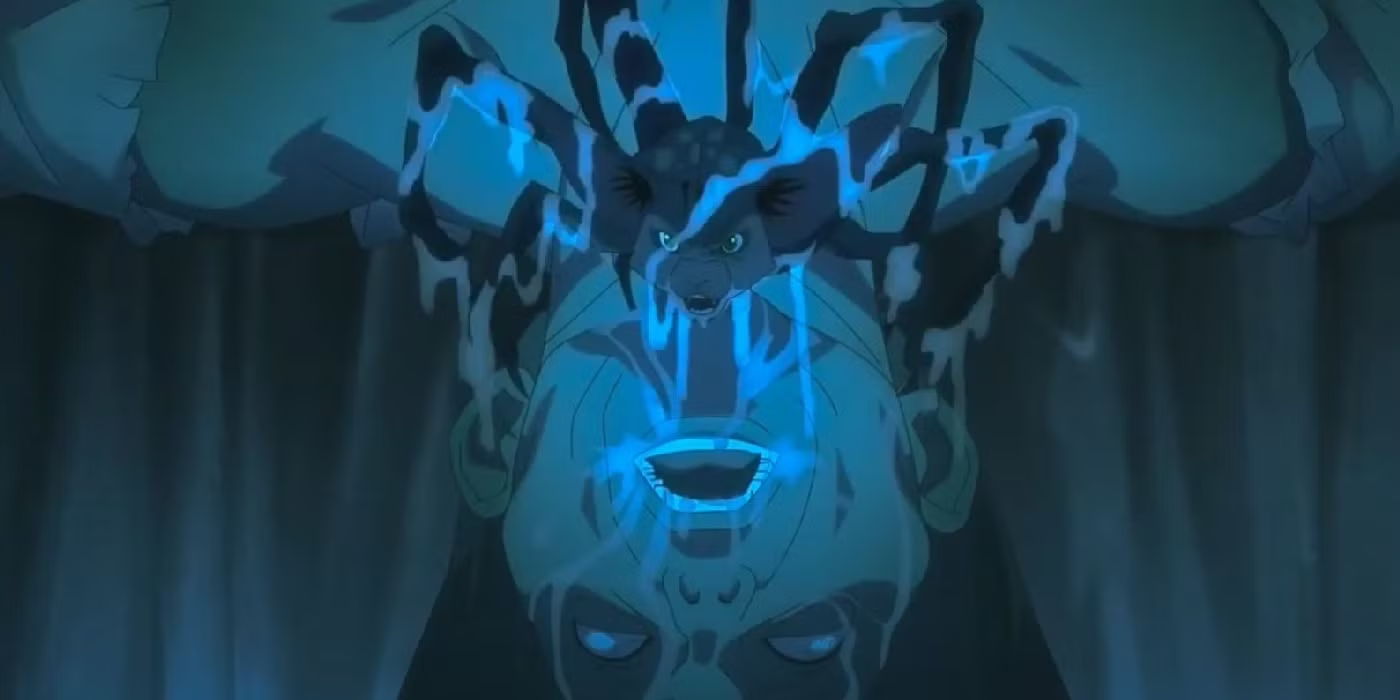
In Nightmare of the Wolf, the Mahr is a demon creature that feeds on fear and manipulates the mind through hallucinations. It’s the very first monster Vesemir ever encounters, and he assists Witcher Deglan in the exorcism of a possessed noblewoman in his hometown. Hiding in shadow, the Mahr infects hosts by feeding on psychological trauma, warping their senses until they can no longer distinguish friend from foe.
What makes the Mahr especially terrifying is its ability to warp surroundings, making allies appear as threats and environments shift in disorienting ways. Witcher Deglan defeats it by using meteorite ore around the woman its possessing, to disrupt its psychic tricks, and essentially force it to leave the host’s body. The fact that it is a 6-legged, tarantula-like creature that lives inside you, and essentially exits up and out through the mouth is enough to warrant it being on this list. But the fact that it uses fear to drive humans mad, and then controls them, makes it powerful in the stealthiest and most cunning of ways.
6) The Wild Hunt (The Witcher Season 2 & 3)

Though technically more spectral than your common garden “physical” monster, the Wild Hunt are spectral warriors with cold fire magic and unholy weaponry. These armored wraiths ride undead horses through portals, and their appearance often signals doom. Clad in skull-like helmets and skeletal armor, these riders barely speak, yet every scene they enter feels like an omen.
They make their debut in the finale of Season 2, but by Season 3, their design clearly show that they lean even further into the spectral zone. They carry swords that shimmer with otherworldly energy, and have voices that echo like death bells. While not monstrous in the traditional sense, their otherworldly design makes them terrifying on a ethereal scale.
7) The Basilisk (The Witcher Season 2)
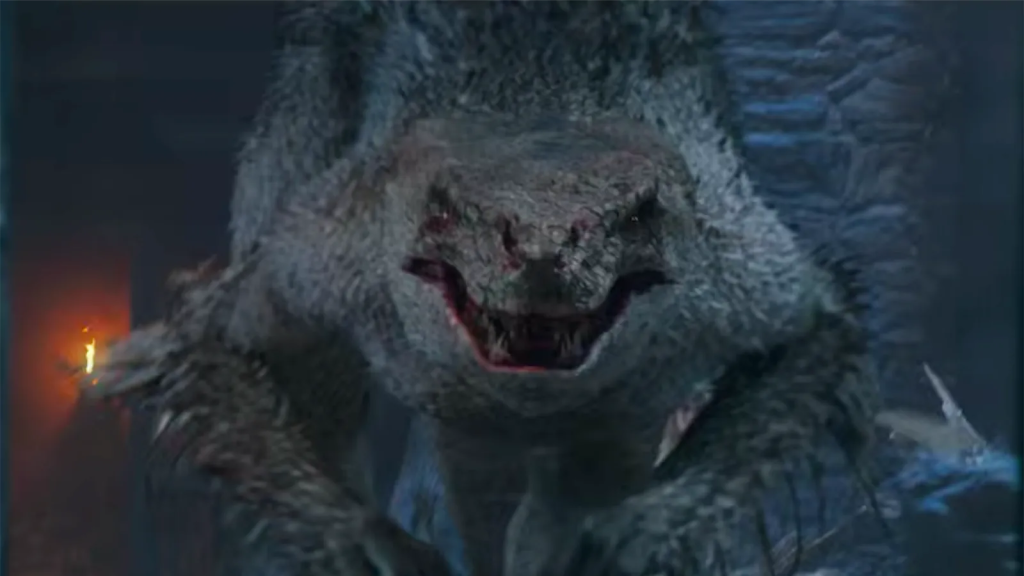
Introduced in The Witcher Season 2, the Basilisk is a different take on the original lore’s chicken-lizard hybrid. This version is more dinosaur/ dragon-like, slashing with razor-sharp talons and biting with venomous precision. It’s agile, massive, and terrifying, especially during the assault on Kaer Morhen.
The Witcher creature designer, Shaun Smith, has stated that the Basilisks were meant to feel “unstable” and as if they have been plucked from another world, rather than meaning to be in Geralt’s one. Their biomechanical wings, asymmetrical features, and fast, predatory movement drive that point home. It’s a high-fantasy take with modern creature design sensibilities, and it absolutely works.
8) The Chernobog (The Witcher Season 2)
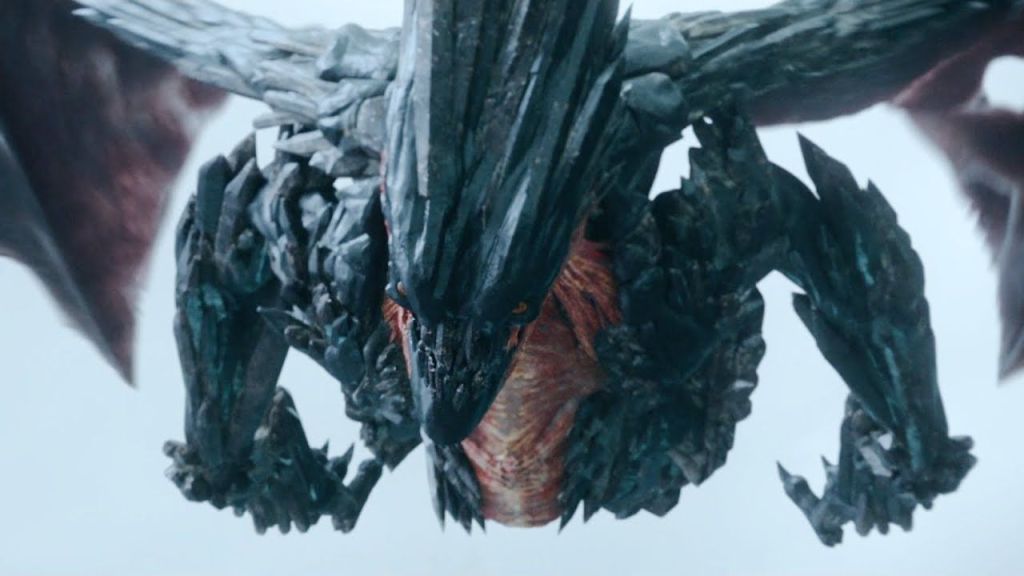
Talk about a showstopper. Appearing in The Witcher Season 2, the Chernobog is a shadowy, skeletal wyvern-like monster drawn to Ciri’s Elder Blood. Part dragon, part obsidian sculpture, it glides through the air with bone wings and screeches that rupture the calm. With the power to break through stone and overwhelm opponents with aerial strikes, its nightmarish design is pure high fantasy terror.
With jagged wings, a birdlike snout, and glowing veins, the creature looks alien in the best way possible. Like the show’s basilisk, the Chernobog represents a new breed of monster that’s not born of magic, but from other worlds entirely. It attacks Geralt and Ciri in Kaer Morhen’s surrounding cliffs — and it makes quite the entrance. Its death scene, involving a well-timed aerial strike by Geralt, remains one of the most visually thrilling monster kills in the series.
9) The Kikimora (The Witcher Season 1)
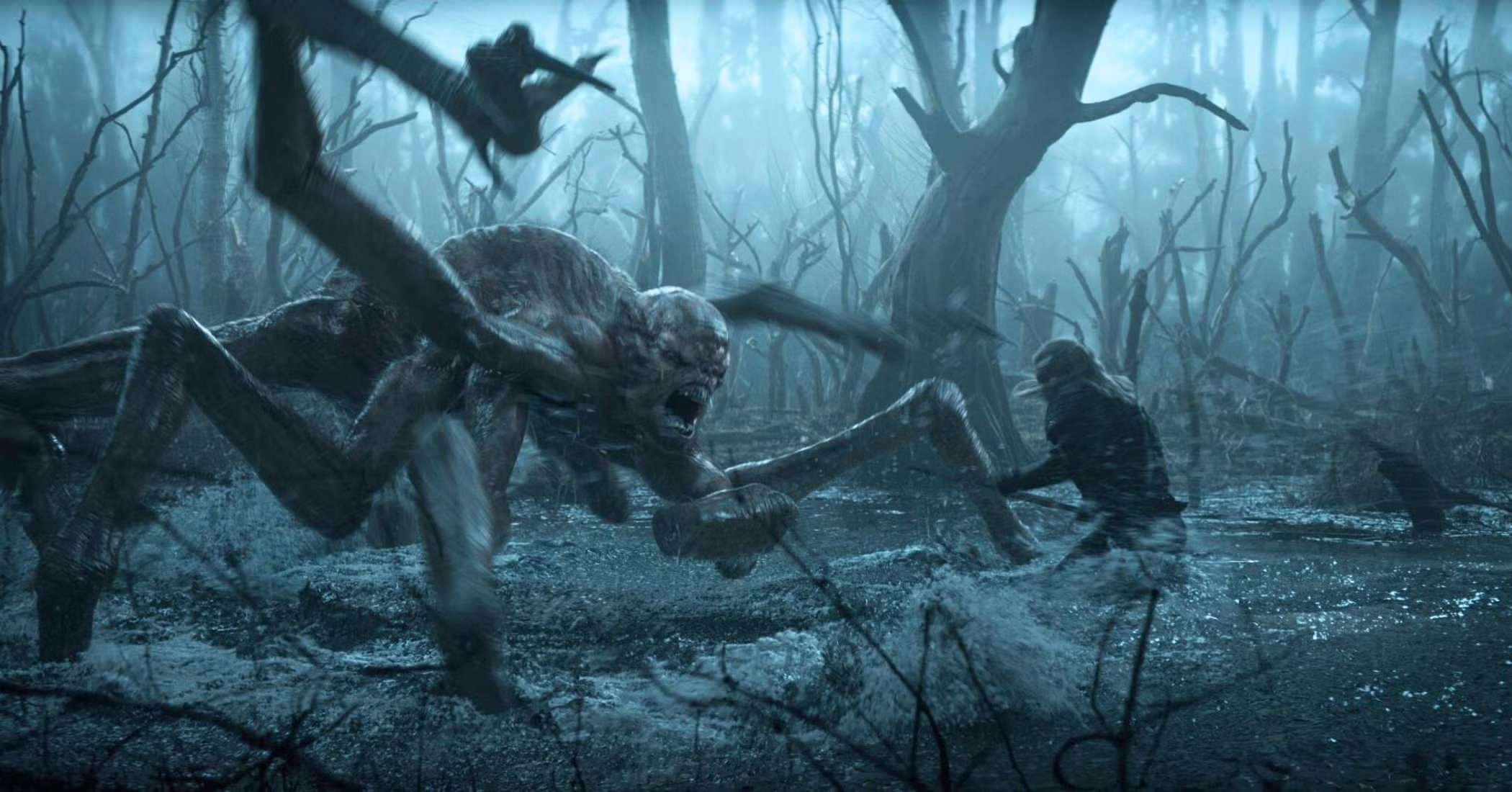
The very first creature we see in The Witcher still holds up for great monster design after all these seasons. The Kikimora is a grotesque swamp-dwelling spider-crab hybrid. It uses multiple legs for agility and surprise attacks, often lurking underwater. Its mandibles pierce through armor, and its acidic blood adds to the danger. Combined with the creature’s uncanny movement and grotesque anatomy, it’s an unforgettable beast which Geralt fights in a swampy mire in the show’s opening scene. Covered in mud, slime, and spiny limbs, it sets the tone for the series instantly.
The use of practical effects combined with digital enhancements gave it a textured, tangible presence. It was the world’s visual introduction to The Witcher and the pressure was on to make it impactful. The detail poured into the creation of this monster was worth it — it felt real and few creatures since have matched it, nor given us quite the same nightmares.
The post 9 Best Monster Designs in The Witcher appeared first on ComicBook.com.
